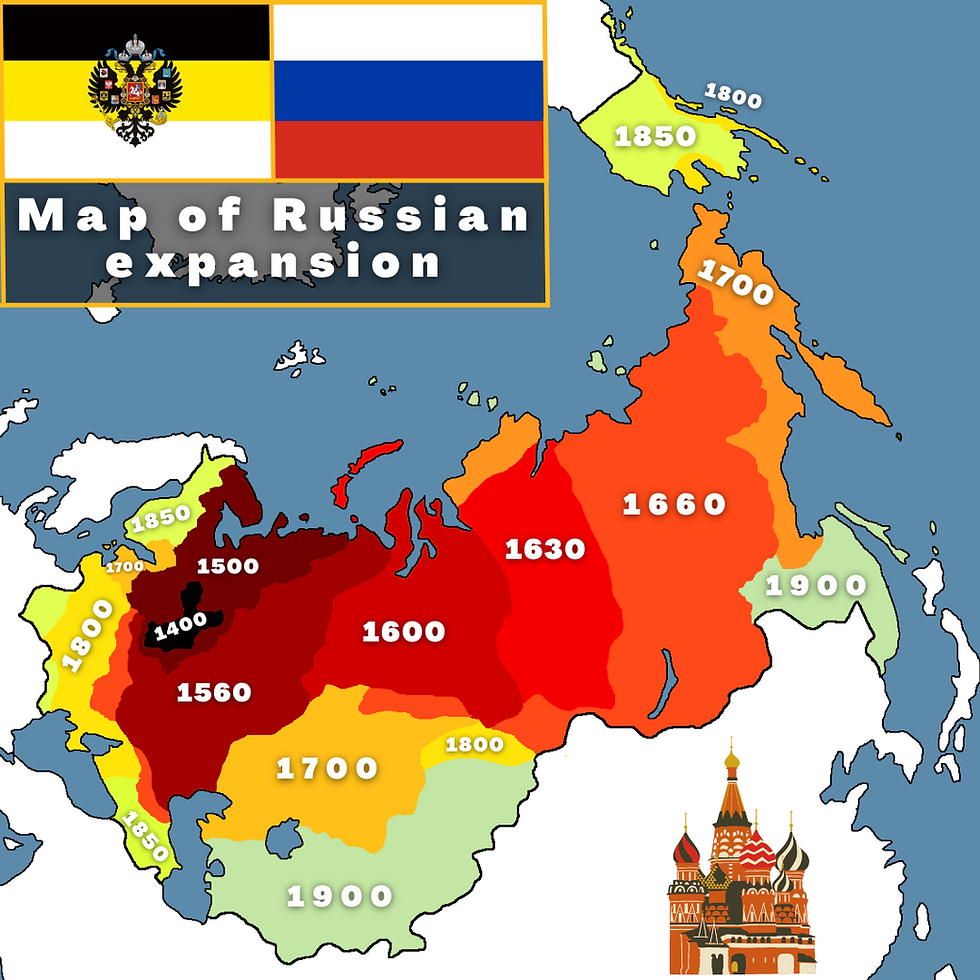Allied Occupation of Japan
- hunmapper

- May 20, 2021
- 2 min read
Japan surrendered to the Allies on August 15, 1945. On the following day, Emperor Hirohito announced the unconditional surrender of Japan.

Occupation
During the war, the Allied Powers had planned to divide Japan amongst themselves for the purposes of occupation, as was done with Germany. The Soviet Union had some intentions of occupying Hokkaidō. Had this occurred, there might have eventually been a communist state in the Soviet zone of occupation. However, unlike the Soviet occupations of East Germany and North Korea, these plans were frustrated by Truman's opposition. MacArthur's first priority was to set up a food distribution network as in the major cities, almost everyone was starving.
"Democracy cannot be taught to a starving people."
The US government encouraged democratic reform in Japan, and while it sent billions of dollars in food aid, this was dwarfed by the occupation costs it imposed on the struggling Japanese administration.
Democratization
In 1946, the Diet ratified a new Constitution of Japan. The new constitution drafted by Americans allowed access and control over the Japanese military through MacArthur and the Allied occupation of Japan. The 1947 Constitution also enfranchised women, guaranteed fundamental human rights, strengthened the powers of Parliament and the Cabinet, and decentralized the police and local government. One example of MacArthur's push towards democratization implemented the land reform and redistribution of ownership within the agricultural system. The land reform was established in order to improve not only the economy but the welfare of farmers as well. MacArthur's land reform policy redistribution resulted in only 10% of the land being worked by non-owners. On December 15, 1945, Shinto was declared to be not a state religion anymore and prohibiting some of its teachings and rites that were deemed to be militaristic or ultra-nationalistic. On April 10, 1946, an election with 78.52% voter turnout among men and 66.97% among women gave Japan its first modern prime minister, Shigeru Yoshida.
Soviet activity
In a bid to occupy as much Japanese territory as possible, Soviet troops continued offensive military operations after the Japanese surrender, causing large-scale civilian casualties. Such operations included the final battles on the Kuril Islands and South Sakhalin well past the end of August in 1945. In the end, despite its initial plan, the Soviet Union did not manage to occupy any part of the Japanese Home Islands, partly due to significant US opposition and Stalin's greater interest in establishing Soviet communist influence in Europe rather than in Asia.
End of the Occupation
In 1949, MacArthur made a sweeping change in the SCAP power structure that greatly increased the power of Japan's native rulers, and the occupation began to draw to a close. The Treaty of San Francisco, which was to end the occupation, was signed on September 8, 1951. It came into effect on April 28, 1952, formally ending all occupation powers of the Allied forces and restoring full sovereignty to Japan, except for the island chains of Iwo Jima and Okinawa, which the United States continued to hold. Iwo Jima was returned to Japan in 1968, and most of Okinawa was returned in 1972.
Sources:




Comments